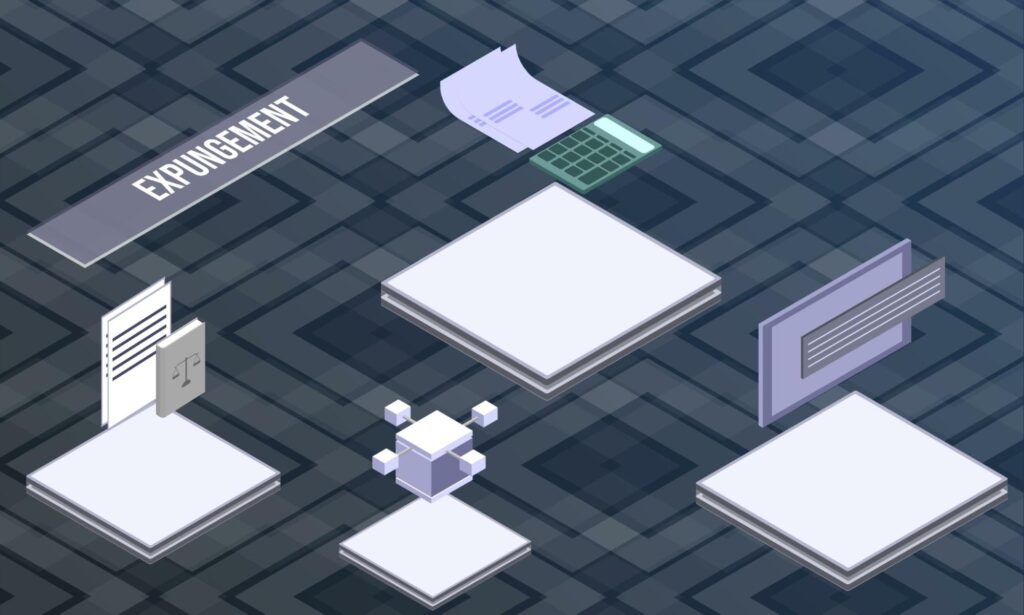Have you ever felt the weight of a past misdemeanor conviction limiting your opportunities and casting a shadow over your future? Many individuals are in this situation, burdened by a blemish on their record that can hinder employment prospects, housing options, and even personal relationships. But there’s hope.
This guide provides a comprehensive overview of the expungement process. It explores the eligibility criteria, necessary documentation, and potential challenges you may encounter along the way.
Determine Eligibility
The first step is to verify whether you qualify for expungement under your state’s laws, as each state has its rules governing the process. You must research your state’s specific regulations or consult a legal professional, such as a litigation attorney, to determine if your misdemeanor is eligible.
Generally, non-violent offenses and certain low-level crimes are more likely to qualify. In contrast, offenses involving driving under the influence (DUI), domestic violence, sexual misconduct, or firearms may not be eligible. Additionally, many states impose a mandatory waiting period that begins after you have fully completed your sentence, including probation, parole, and other court-mandated programs.
Complete the Sentence Requirements
To be eligible for expungement, you must ensure that all aspects of your sentence have been completed fully. This includes paying all fines, court costs, and any restitution ordered by the court. In addition, you need to fulfill any probation or parole terms without violations.
Community service hours and rehabilitation programs, such as anger management or substance abuse treatment, must also be completed if they were part of your sentence. Any pending criminal charges or unpaid fines can jeopardize your request for expungement, as the court generally requires a clean record since the conviction.
Obtain Your Criminal Record
To proceed with the expungement process, you will need a copy of your criminal record. To obtain this document, contact the appropriate law enforcement agency or state bureau that handles criminal records in your state.
Reviewing your record is crucial because it provides the specific details of your misdemeanor, including the date of conviction, court case number, and the exact charge, all of which you must include in your expungement petition. Additionally, checking for accuracy is essential, as errors in your record—such as incorrect dates or case numbers—can delay the expungement process or result in a denial of your request.
Prepare and File the Petition
Filing a petition for expungement involves completing detailed paperwork that outlines your request. This paperwork can usually be obtained from the courthouse, the state’s judicial website, or a local legal aid office. You must include pertinent information about your case, such as the misdemeanor charge, date of conviction, case number, and a brief explanation of why you believe your record should be expunged.

Some states may also require supporting documents, such as proof that you completed probation or rehabilitation programs, letters of reference from employers or community leaders, or certificates of rehabilitation. Once the petition is complete, you must typically pay a filing fee, which varies by state.
Serve the Petition
Once your petition is filed, you may be required to send copies to relevant parties, such as the district attorney’s office, probation department, or law enforcement agencies involved in your case. Serving the petition ensures that these parties know your request for expungement and allows them to support, object to, or provide input on your application. Each state has different requirements for service, so check your local rules to ensure you follow the correct procedures.
Attend the Hearing
In many states, you must attend a court hearing where a judge will consider your petition for expungement. During the hearing, you may be asked to explain why you seek to expunge your misdemeanor, demonstrate your rehabilitation efforts, and provide evidence of your current circumstances, such as stable employment, community involvement, or educational achievements.
The prosecutor may also have the opportunity to present any objections. Being well-prepared for this hearing is beneficial, as your conduct and the strength of your supporting documentation can influence a judge’s decision.
Receive the Court’s Decision
After the hearing, the judge will issue a decision. If your expungement is approved, the misdemeanor will be removed from your public criminal record, and you will legally be able to state that you have not been convicted of that crime in most situations. If the petition is denied, the judge may provide reasons for the decision, and you may be allowed to reapply after a specified period.
Confirm Record Update
Once the court approves your expungement, verifying that your criminal record has been updated accordingly is important.

Contact the court and the relevant law enforcement agencies to confirm that the expunged misdemeanor is no longer showing on your public record. You can also request a copy of your updated criminal record to ensure that the expunged charge is removed.
Notify Background Check Agencies
Although an expunged record is removed from public databases, some private background check companies may still have outdated information on file. Contact these agencies to notify them of your expungement and request that they update or remove any misdemeanor records. This extra step can help ensure that your record does not cause any issues when you undergo background checks for jobs, housing mortgages, or other purposes.
Conclusion
Successfully expunging a misdemeanor conviction can be a significant step toward rebuilding your life. Following the guidance provided in this article and consulting with an attorney familiar with your state’s laws can increase your chances of a positive outcome. Remember, while expungement can be valuable, it’s not a guaranteed solution. It’s essential to be patient, persistent, and prepared for the potential challenges that may arise throughout the process.

